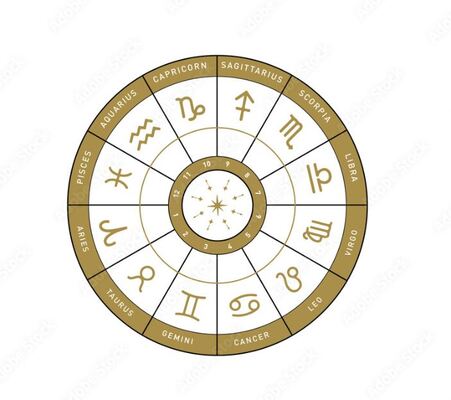
Astrology is characterized as 'the art or practice of deciphering the presumed impacts of planetary movements on human affairs and dispositions.' This practice leads to the creation of a horoscope, a diagram or chart depicting the positions of planets and signs of the Zodiac in relation to each other at a specific time, commonly the time of birth.
Around 500 BC, Western Astrology emerged, introducing the concept of the Zodiac. This involved an imaginary sphere encircling the Earth, tracing the Sun's path through the constellations throughout the year. The Zodiac was divided into twelve sections, each named after the corresponding constellation in that particular region.
Various ancient philosophies employed a system of classical elements to elucidate natural phenomena. Each astrological sign was associated with one of the classical elements (fire, earth, air, or water) and also linked to a specific realm of emphasis, be it social, personal, or universal.
Growth processes, identification, and emotion are associated with water signs. When in conjunction with the other elements, water perceives fire as a force that could make it boil, air as something that might evaporate it, but earth as a means to shape and channel its energy.
Action, passion, and energy are attributes associated with fire signs. When interacting with the other elements, fire senses that earth has the potential to smother it, water could drown it, but air is seen as a force that will fan and enliven its flames.
Thought, perspective, and communication are linked to air signs. When in conjunction with the other elements, air perceives water as potentially obscuring it, earth as a force that might suffocate it, but fire as a source that will inspire and uplift it.
Sensation, stability, and practicality are attributes associated with earth signs. When in conjunction with the other elements, earth perceives air as a potential to dry it, fire as a force that might dry it, but water as a source that will refresh and nourish it.
Every astrological sign is linked to one of three modalities: cardinal (also known as movable), fixed, and mutable. The zodiac signs are organized into four quadrants, each consisting of three signs. Each quadrant represents a season, commencing with a cardinal sign, progressing to a fixed sign, and concluding with a mutable sign.
Adaptability, resourcefulness, and holism are characteristics associated with mutable signs, which include Gemini, Virgo, Sagittarius, and Pisces.
Determination, focus, and individuality are traits associated with fixed signs, namely Taurus, Leo, Scorpio, and Aquarius.
Creativity and initiation are attributes associated with cardinal signs, which include Aries, Cancer, Libra, and Capricorn.
Finally, here is a quick summary of Zodiac Sign Characteristics:
Aries (cardinal, fire, personal): defensive, energetic, head down, assertive, impulsive.
Taurus (fixed, earth, personal): patient, indulgent, resourceful, thorough, devoted.
Gemini (mutable, air, personal): quick, logical, inquisitive.
Cancer (cardinal, water, personal): clinging, protective, sensitive.
Leo (fixed, fire, social): theatrical, generous, proud.
Virgo (mutable, earth, social): critically, practical, efficient.
Libra (cardinal, air, social): lazy, co-operative, fair.
Scorpio (fixed, water, social): anxious, passionate, sensitive.
Sagittarius (mutable, fire, universal): careless, free, straightforward.
Capricorn (cardinal, earth, universal): suspicious, prudent, cautious.
Aquarius (fixed, air, universal): detached, democratic, unconventional.
Pisces (mutable, water, universal): distracted, imaginative, sensitive.





